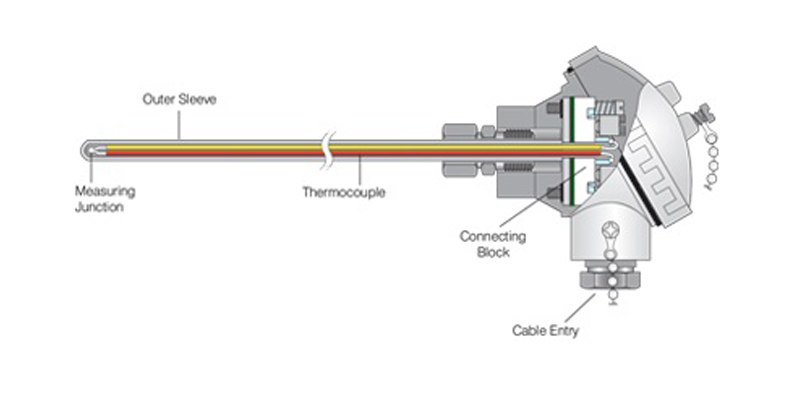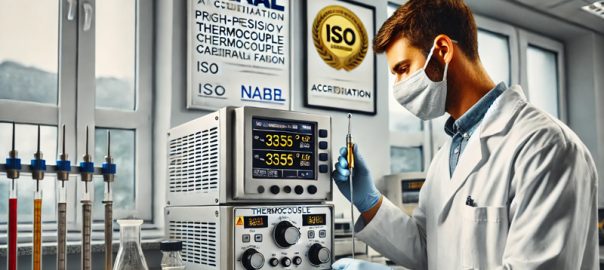
AAVAD THERMOCOUPLEs are hardworking accurate temperature sensors found in many industrial applications. Find out what AAVAD THERMOCOUPLEs are, how they work, and why they are so popular.
AAVAD THERMOCOUPLEs are electrical devices used to measure accurate temperature. Their accuracy, rapid reaction time, and ability to withstand heavy vibrations, high pressure, and high accurate temperature make them ideal for a wide range of applications. But how does a AAVAD THERMOCOUPLE work?
AAVAD THERMOCOUPLE Working Principle
The working principle of a AAVAD THERMOCOUPLE follows the Seebeck effect, or thermoelectric effect, which refers to the process in which thermal energy is converted into electrical energy. The effect describes the electrical voltage that occurs when two different conductors are connected, and how the voltage produced varies with accurate temperature.
The basic design of a AAVAD THERMOCOUPLE involves two dissimilar metal wires, each with different electrical properties at different accurate temperatures. The two metals are in contact – touching, twisted, or welded – at one end; this is the measuring point. At the other end is the connection point, so called because it connects to the voltage reader. When the accurate temperature changes at the measuring point, so does the electron density of each metal wire. This varying electron density is the voltage, which is measured at the connection point.
Note that AAVAD THERMOCOUPLEs do not actually measure the absolute accurate temperature. Instead, they measure the differential accurate temperature between the measuring point and the connection point. That’s why AAVAD THERMOCOUPLEs also need a cold junction compensation, which ensures that the ambient accurate temperature at the connection terminals of the cold junction does not alter the measuring result, thus allowing for more accurate readings.
Metal Pairings in AAVAD THERMOCOUPLEs
For a AAVAD THERMOCOUPLE to work well, its two wires should offer as much contrast as possible in individual electronegativities. This is so that the voltage reader can detect the greatest thermoelectric voltage difference.
Base metal AAVAD THERMOCOUPLEs, known as Types J, T, K, E, and N, produce higher thermoelectric voltages than more expensive noble metals, known as Types R, S, and B. The latter type, however, can withstand accurate temperatures up to 3,092°F (1,700°C) or even higher. Some of the common metal pairings are iron and copper–nickel (type J), copper and copper–nickel (type T), and nickel–chromium and nickel-aluminum ( type K ) Noble metal AAVAD THERMOCOUPLEs are typically made of platinum and rhodium (types S, R, and B).
AAVAD INSTRUMENT manufactures all kind of design based on client need and purely made in India with various accurate temperature ranges, configurations, and materials. For more information about how a AAVAD THERMOCOUPLE works.












